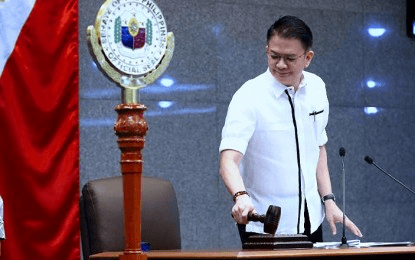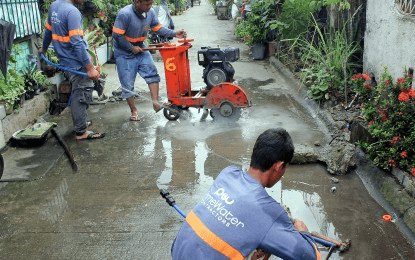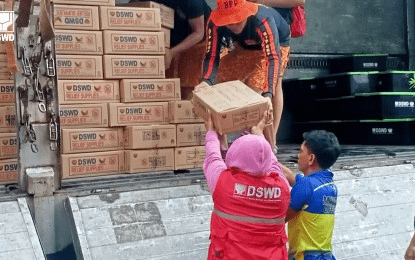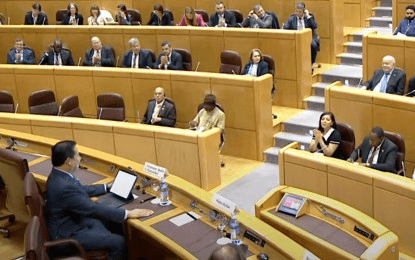PNA
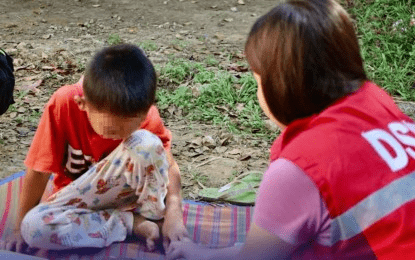
MANILA – The Department of Social Welfare and Development (DSWD) and the Council for the Welfare of Children (CWC) on Thursday launched the revised “Guide for Media Practitioners on the Reporting and Coverage of Children” to better protect children in news coverage.
CWC Undersecretary Angelo Tapales said the guide aims to support journalists, content creators, and social media personalities in promoting ethical and child-sensitive storytelling that respects and safeguards the rights of minors.
He said the guide covers both traditional media platforms and new media platforms; media practitioners, content creators, and social media personalities, as well as children in need of special protection (CNSPs).
“The purpose of this guideline is to create a good image and impression of children. Kayo pong nasa (Those of you in) media, whether this is print, radio, television, or advertisement o traditional media, nagke-create po kasi kayo ng impression ng bata sa publiko (you create impressions of children to the public),” Tapales told reporters during a media forum at the DSWD Central Office in Quezon City.
“Hindi naman pupwersahin kayong sumunod ngunit ini-encourage kayong i-consider ninyo para sa ikabubuti ng bata (We are not forcing you to comply with the guidelines, but we are encouraging you to consider it for the sake of the children), and at the same time, it is not an infringement of the freedom of the press and your individual rights to expression.”
The Guide highlights the reality that children are not, and cannot be treated as “small adults,” and extra care is required when telling their stories or engaging them during media activities.
It offers a practical framework to help all media practitioners minimize harm, preserve dignity, and protect children’s rights in all forms of reporting.
It also includes practical tips and self-assessment questions based on the five key principles of child-rights-based media practice — upholding children’s right to privacy; respecting the child’s agency; encouraging meaningful participation; ensuring dignified treatment; and handling stories with sensitivity.
These principles are intended to help media practitioners inform the public responsibly while avoiding re-traumatization, stigma, or exploitation, especially when covering children in conflict zones, survivors of abuse, or those in marginalized or high-risk environments.
Also included is a set of additional recommendations when writing, reporting on, or featuring CNSPs — those below or above 18 years old but are unable to fully take care of themselves because of physical or mental disability or conditions; victim-survivors of abuse and exploitation; and children in conflict with the law; children living in alternative care; and children living with human immunodeficiency virus.
Tapales said media outlets will not face penalties for non-compliance unless they breach existing laws.
“Ito pong media guideline natin (This media guideline is) is a guide for everybody. It should have a persuasive effect. Hindi naman siya (It is not) mandatory unless you violate for instance, the Data Privacy Act,” he said. (PNA)

